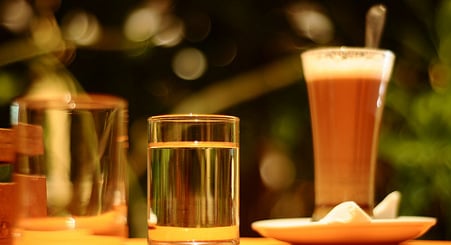Ubaldo Citarella, 52, allegedly “boasted for days” to the bartender that he was a mafia boss from the Camorra clan, all the while “eating croissants and drinking coffee and soft drinks”, Corriere reported.
He even backed up the story by leaving a bottle of petrol outside the bar in Battipaglia in response to a request to pay.
The bartender eventually grew tired of the abuses and reported Citarella to the police, who later arrested him.
Don't miss a story about Italy – Join us on Facebook and Twitter.




 Please whitelist us to continue reading.
Please whitelist us to continue reading.
Member comments